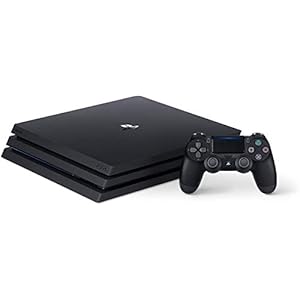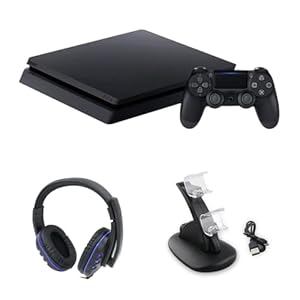
When it comes to console gaming, you might not realize the critical role that game optimization plays in your overall experience. Imagine a world where every frame is perfectly rendered, load times are a thing of the past, and gameplay feels seamlessly immersive. The importance of game optimization for consoles goes beyond just aesthetics; it can significantly impact how you interact with your favorite games. But how exactly does this optimization process unfold, and what are the key elements that developers prioritize to ensure your gaming experience is top-notch? Let’s explore this further.
Enhancing Hardware Performance
To maximize the gaming experience on consoles, optimizing hardware performance is essential. Upgrading hardware components like the GPU, CPU, and storage can significantly boost your console’s capabilities. When you enhance these parts, you’ll notice smoother graphics, faster loading times, and overall improved gameplay.
One key aspect of enhancing hardware performance is ensuring proper cooling mechanisms are in place. Overheating can lead to decreased performance and even hardware failure. By investing in cooling solutions such as improved fans or external cooling pads, you can prevent these issues and keep your console running smoothly.
Another way to enhance hardware performance is by utilizing external storage options. By connecting an external SSD or HDD to your console, you can increase storage space and improve loading times for games. This allows you to have more games readily available to play without sacrificing performance.
Improving Gameplay Experience
Improving your gameplay experience can be achieved through optimizing settings and customizing controls to suit your playstyle. By adjusting settings such as brightness, audio levels, and controller sensitivity, you can tailor the game to your preferences, enhancing immersion and enjoyment.
Experiment with different control schemes to find what works best for you, whether it’s inverted aiming, button remapping, or adjusting the field of view. Customizing controls can significantly impact your performance in-game, giving you a competitive edge and a more comfortable gaming experience.
Furthermore, consider enabling features like subtitles for better understanding of dialogue, or adjusting the difficulty settings to match your skill level and desired challenge. Real-time feedback options, such as vibration intensity or motion controls, can also be adjusted to enhance responsiveness and engagement.
Remember that optimizing gameplay experience isn’t a one-size-fits-all solution; it’s about fine-tuning the game to suit your unique preferences and playstyle, ultimately leading to a more enjoyable gaming experience.
Optimizing Graphics and Frame Rates
Enhance your gaming experience by maximizing graphics quality and optimizing frame rates. When it comes to game optimization for consoles, ensuring that your graphics settings are at their peak can significantly impact your overall enjoyment. Crisp, clear visuals can immerse you further into the game’s world and make every detail pop.
Optimizing frame rates is equally crucial. Smooth frame rates provide a seamless and fluid gaming experience, preventing any stuttering or lag that can disrupt your gameplay. Consistent frame rates also contribute to better responsiveness, allowing you to react quickly to in-game events without delay.
To achieve optimal graphics and frame rates, consider adjusting settings such as resolution, texture quality, shadows, and anti-aliasing. Finding the right balance between visual fidelity and performance is key to maximizing your gaming experience on consoles. Experimenting with these settings can help you tailor the graphics to suit your preferences while maintaining a stable frame rate for a smoother gameplay experience.
Ensuring Console Compatibility
Ensuring console compatibility is essential for a seamless gaming experience on your chosen platform. When game developers prioritize compatibility, they ensure that the game runs smoothly on your console without any technical issues. Compatibility involves optimizing the game to work efficiently with the specific hardware and software of your console. By doing so, developers can guarantee that you won’t encounter crashes, freezes, or other performance problems while playing.
One crucial aspect of ensuring compatibility is testing the game thoroughly on the target console. This testing process helps identify any potential issues and allows developers to make necessary adjustments to ensure a smooth gaming experience. Additionally, developers need to consider the unique features of each console, such as controller capabilities, system resources, and operating system requirements. Adapting the game to these specifications is vital for ensuring that it runs optimally on your console.
Trending Products


![Playstation SONY 4, 500GB Slim System [CUH-2215AB01], Black, 3003347 (Renewed)](https://m.media-amazon.com/images/I/31aelHds6gL._SS300_.jpg)










